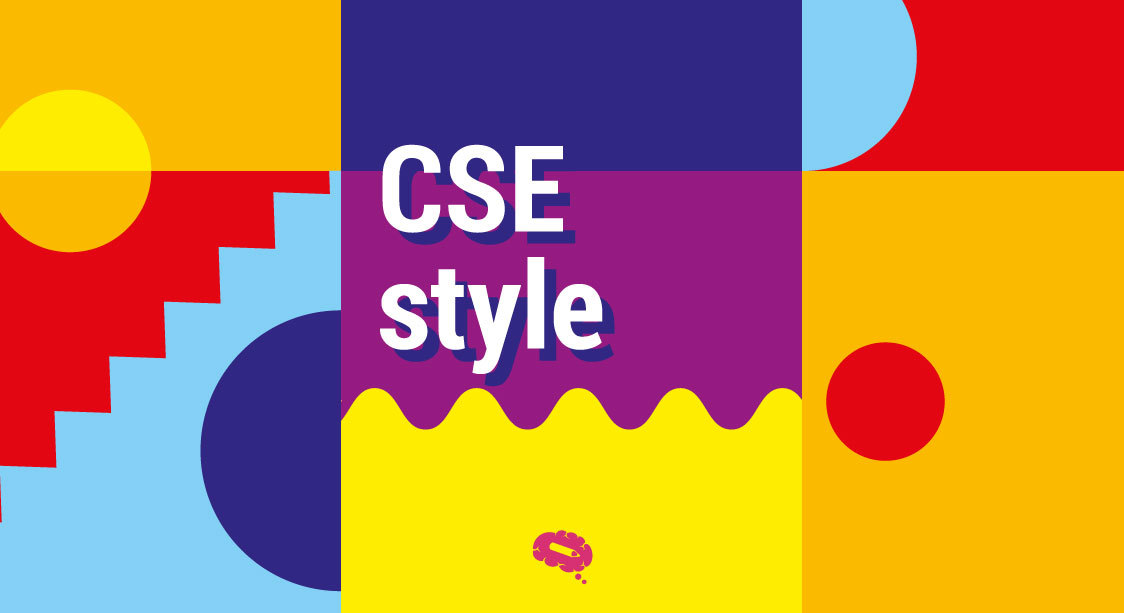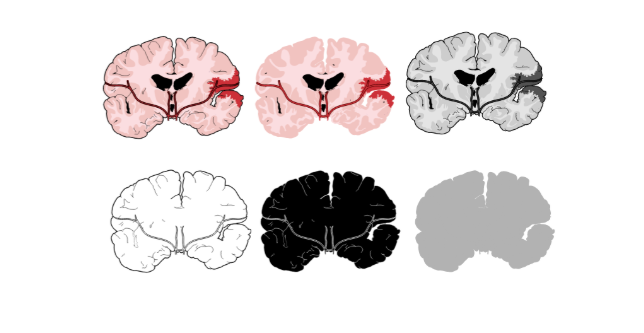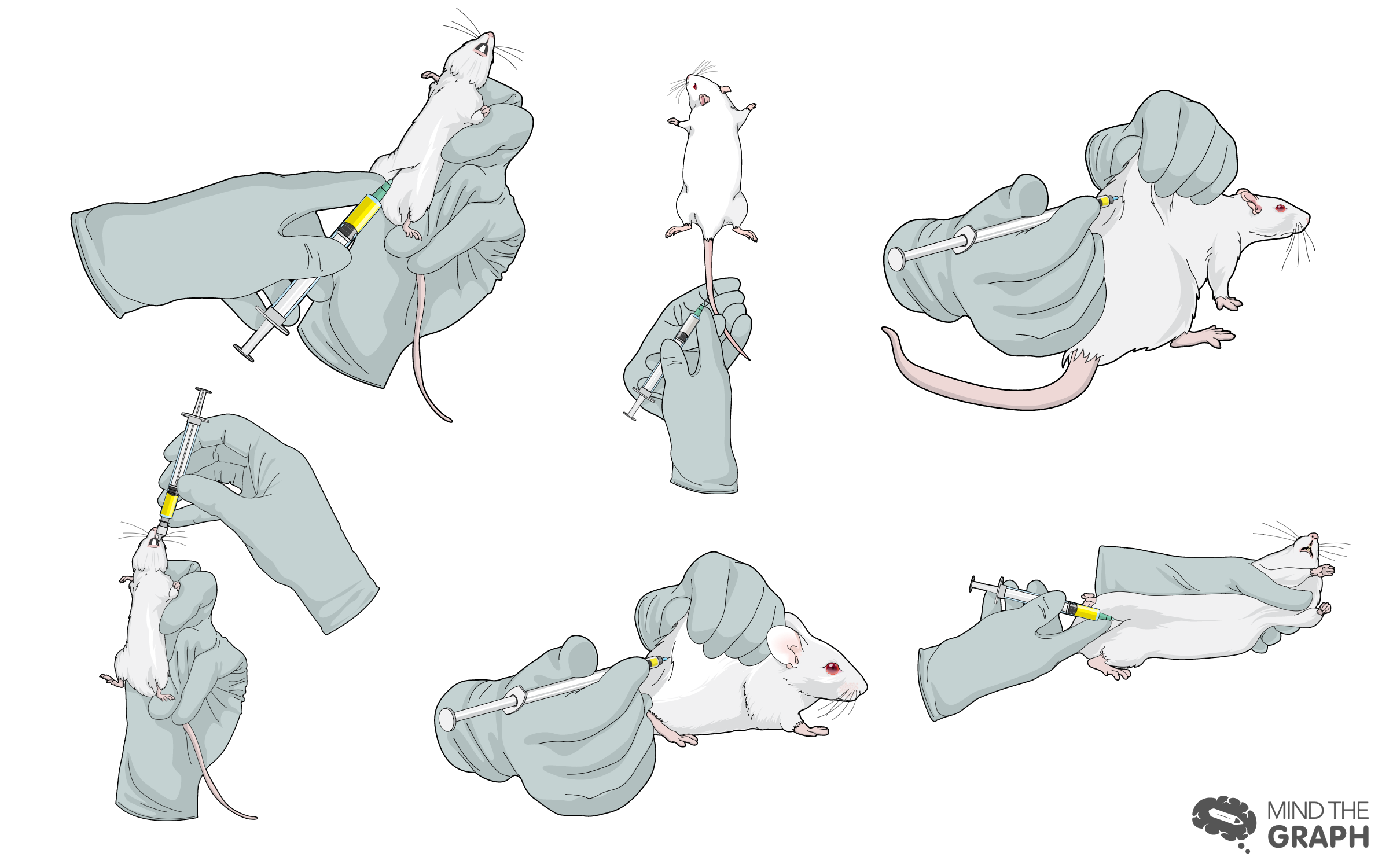Scientific writing is critical to advancing the understanding of the natural world. As a result, scientific articles must be clear, precise, and well-structured. Many scientific publications adhere to the Council of Science Editors (CSE) Style, which gives strict directions for structuring papers, acknowledging sources, and providing references.
The CSE Style was created to enhance uniformity and clarity in scientific writing across fields ranging from biology and chemistry to physics and engineering. Academic institutions, scientific publications, and publishing houses all around the world use it and authors can guarantee that their publications are written in a way that satisfies the high standards of scientific communication by following CSE Style.
What is CSE Citation Style?
CSE Style is a set of guidelines for recognizing sources in scientific writing created by the Council of Science Editors. It specifies how to structure citations in the text as well as in the reference list or bibliography at the conclusion of the paper. The style is common in scientific and technical writing, and it is especially popular in biology, chemistry, and medicine.
CSE Style has three citation systems: citation-sequence, citation-name, and name-year. The citation-sequence system organizes citations numerically based on the first occurrence of each source in the text. The citation-name system employs author names in the text and organizes citations in the reference list alphabetically by author name. Ultimately, in the text, the name-year system employs author names and the year of publication, and in the reference list, citations are listed alphabetically by author name and year of publication.
CSE Citation Style specifies how to cite different types of sources, such as books, journals, and websites. It also provides formatting specifications for titles, author names, page numbers, and other citation elements.
Who uses CSE Citation Style?
Authors, editors, and publishers in the scientific and technical fields, notably biology, chemistry, and medicine, employ CSE Citation Style widely. Academic institutions, scientific journals, and publishing houses all around the world recognize and appreciate the CSE style.
CSE Citation Style is used by researchers, students, and professionals in various fields to correctly format and reference their research papers, lab reports, dissertations, and other scientific contents. Well-known journals that use CSE Style include Nature, Science, and the Journal of Biological Chemistry, among many others.
Furthermore, CSE Citation Style is required in many academic institutions, scientific organizations, and government agencies’ publications and communications. The National Library of Medicine in the United States, for example, employs CSE Style for its MEDLINE/PubMed database, which is a popular resource in the scientific and medical fields.
How to Use CSE Citation Style?
Reference list
There are specific guidelines to follow while utilizing CSE Citation Style in the reference list to guarantee that your citations are correctly formatted. The following are the main components of a reference list citation in CSE Style:
- Author(s): Include the author’s last name and initials. If there are many authors, use commas to separate their names and “and” before the last author’s name. If there are more than ten writers, mention the top ten, then “et al.”
- Title: Include the title of the article or book, followed by a period, in sentence case (i.e., uppercase only the first word and proper nouns).
- Publication information: Include the name of the journal or book (abbreviated according to CSE criteria), volume number, issue number (in parentheses), and page numbers (separated by a colon).
- Date of publication: In parenthesis, provide the year of publication, followed by a period.
In-text citation
The following are the main components of an in-text citation in CSE Style:
- Citation system: Select on a citation system (citation-sequence, citation-name, or name-year) and follow its in-text citation guidelines.
- Numbering: For the citation-sequence and citation-name systems, use superscript numerals to denote in-text citations. Use the author’s last name and the year of publication in parentheses for the name-year system.
- Placement: In-text citations should be included at the end of the sentence, immediately following the cited information.
- Formatting: In-text citations should be formatted consistently throughout the paper, with all sources mentioned using the same citation style.
Examples of CSE Citation
In-text citation – name-year
| Format | Example | |
|---|---|---|
| In-text name-year | (Author last name and year) | (Auerbach and Kotlikoff 1998) |
Book
| Format | Example | |
|---|---|---|
| Reference list | Author(s) or editor(s). Title of Book. Edition. Place of Publication: Publisher; Year of Publication. | Johnson LA, Smith BW. Molecular Biology of the Cell. 6th ed. New York, NY: Garland Science; 2014. |
Journal
| Format | Example | |
|---|---|---|
| Reference list | Author(s). Title of article. Journal Title. Year of publication; Volume(issue):page numbers. | Smith J, Johnson L, Garcia M. Effects of Temperature on Bacterial Growth Rates. Journal of Microbiology. 2019; 15(3): 27-34. |
Online Journal
| Format | Example | |
|---|---|---|
| Reference list | Author(s). Title of article. Journal Title. Year of publication; Volume(issue):page numbers. DOI (if available). | Smith J, Johnson L, Garcia M. Effects of Temperature on Bacterial Growth Rates. Journal of Microbiology. 2019;15(3):27-34. doi: 10.1234/jm.15.3.27 |
Website
| Format | Example | |
|---|---|---|
| Reference list | Author (if available). Title of Website. URL. Published date or Date accessed. | Centers for Disease Control and Prevention. Vaccines & Immunizations. https://www.cdc.gov/vaccines/index.html. Accessed March 1, 2022. |
Benefits of Using CSE Citation Style
Using CSE Citation Style has multiple benefits:
- Consistency: CSE Style provides a defined structure for referencing sources, which aids in ensuring uniformity among papers and authors.
- Clarity: Citations in CSE Style are formatted in a clear and succinct manner, making them easy to read and comprehend. The citation’s information is presented logically and ordered, allowing readers to immediately discover crucial data such as the author, title, and publication date.
- Precision: CSE Style is intended to give accurate and precise source information. This is crucial, especially in scientific writing, where information accuracy is critical. CSE Style contains specific requirements for referencing different types of sources, such as journal articles, books, and websites, ensuring that proper information is included in the reference.
- Professionalism: Using CSE Style in scientific writing can assist display professionalism and attention to detail. Following a standardized citation style demonstrates that the author has taken the time to meticulously document their sources and has a solid understanding on the requirements for scientific writing.
Online Infographic Maker for Science
Mind the Graph is an online infographic maker designed specifically for scientists and researchers that offers a powerful and versatile tool to help you effectively communicate your scientific ideas, whether you need to visualize complex data, explain a scientific concept, or simply enhance your presentations.

Subscribe to our newsletter
Exclusive high quality content about effective visual
communication in science.





